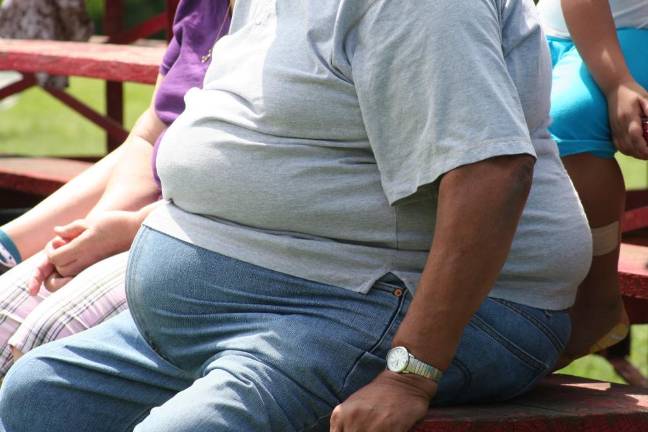The Fat Map
Obesity statistics have their own Electoral College in which some states are heavier than others. Where New York stands

Quick: What’s worse – our opioid epidemic or our obesity stats?
Surprise: They’re both serious problems and obesity may be winning.
First, a definition. Being overweight is defined as a Body Mass Index (BMI) from 25 to 29.9. Obesity is a BMI higher than 30. In 2008, about one in three Americans were at that number. By 2016, 40 percent – nearly half of us – were.
It’s not just a question of how you look in a bathing suit. Serious studies show that obesity is linked to a list of chronic conditions such as diabetes, hypertension, heart disease and, yes, cancer. The link is so strong that in 2013 researchers at Columbia University’s Mailman School of Public Health estimated that being obese factors into nearly one in every five deaths among Americans older than 85, making it, the researchers said, "the leading preventable cause of death in the United States."
But these figures are nationwide, and like Presidential elections, obesity statistics have their own Electoral College in which some states are fatter than others.
Income, Education and Exercise
Geographically speaking, obesity rates are highest in the south, with Mississippi and West Virginia tied at 39.5 percent of the population. Experts suggest three possible reasons why: poverty, poor education, and not enough exercise.
United States Census puts 9 of the 10 states at the top of the obese list with poverty rates topping the national average. In real terms that often means less access to fresh fruits and vegetables and greater reliance on fattening fast foods. The same holds for education. With obesity increasing among children as well as adults, the percentage of chubby children rises as the level of the parents’ education falls.
Finally, exercise, which doesn’t necessarily mean working out at the gym. In the more obese states, people are less likely to walk to go shopping or other outside activities. And as every PT expert knows, walking is super exercise that involves practically every muscle in your body right up to your eye, which must swivel from side to side to see where you’re going.
So where do we New Yorkers stand? In 2018, 27.6 percent of us were obese, 5 points higher than skinny Colorado where practically everybody skis to the supermarket. But you’re not a New York State-er. You’re a New York City-er. Even better, you’re a Manhattanite, living on an island where the average obesity rate is 15%, 7 to 17 points lower than Brooklyn (27%), the Bronx (32%), Queens (22%), and Staten Island (25%).
But even in Manhattan, where you live can make a difference. Comparing the numbers in our 12 Community Board districts shows two scoring an astounding low 4% while four others come in much higher than the borough average.
Want to do better wherever you are? Start with your BMI. Then, if you’re not happy with what you see, start walking, revise your grocery list and maybe up your education – or at least start reading about nutrition.